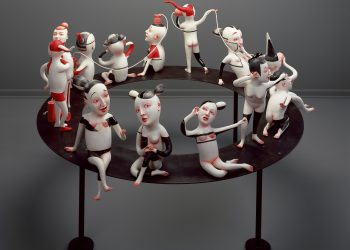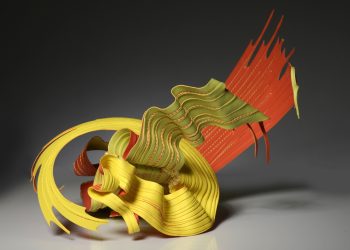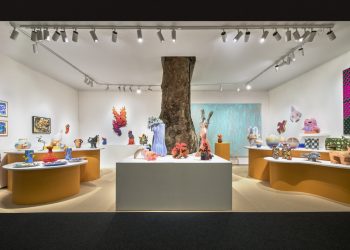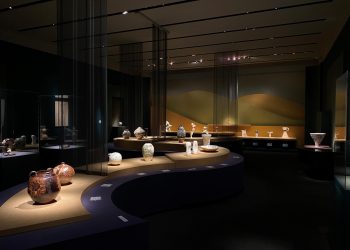Patti Warashina is a ceramic sculptor born in 1940 in Spokane, Washington. She earned her BFA (1962) and MFA (1964) from the University of Washington in Seattle. After 30 years of teaching art in the Midwest and Seattle, she retired in 1995 as Professor Emerita from the University of Washington, where she taught for 25 years. In 2012, she was honored with a 50-Year Retrospective Exhibition at the American Museum of Ceramic Art (AMOCA), Pomona, CA. The exhibition was titled “Patti Warashina: Wit and Wisdom” and was accompanied by a book with the same title. The following year, in 2013, the exhibition moved to the Bellevue Art Museum, Bellevue, WA, which received a National Endowment for the Arts grant to help fund the exhibition. A second book on Warashina’s career titled “Patti Warashina” was published by John Natsoulas Press in 2021.
Patti Warashina has been widely recognized for her exceptional contributions to the arts, receiving awards and honors such as three National Endowment for the Arts Grants (1975, 1986, 2013), the 2009 Regis Masters Award from the Northern Clay Center, the 2018 US Artists Fellow Award, the 2020 Smithsonian Institution’s Visionary Artist Award, or most recently, the 2024 University of Washington Golden Graduate Award, among many others.
In addition, Warashina’s personal “lifetime” papers and “oral history” have been collected by the Archives of American Art, Smithsonian Institute, Washington, DC. She was awarded travel grants by the Chinese (2001), Korean (2001), and Japanese (1978) governments to participate in their respective cultural exchange programs.
Warashina’s work is included in the permanent collections of the Smithsonian Museum, Washington, DC; the Museum of Art and Design, New York, NY; the L.A. County Art Museum, CA; the Detroit Art Museum, MI; the Seattle Art Museum, WA; the Portland Art Museum, OR; the University of Washington; the National Museum of Modern Art, Kyoto, Japan; the Perth Cultural Center, Australia; and the Inchon World Ceramic Center, South Korea, among others.
Visit Patti Warashina’s website.
Featured work
The World Upside Down, 2022-2024
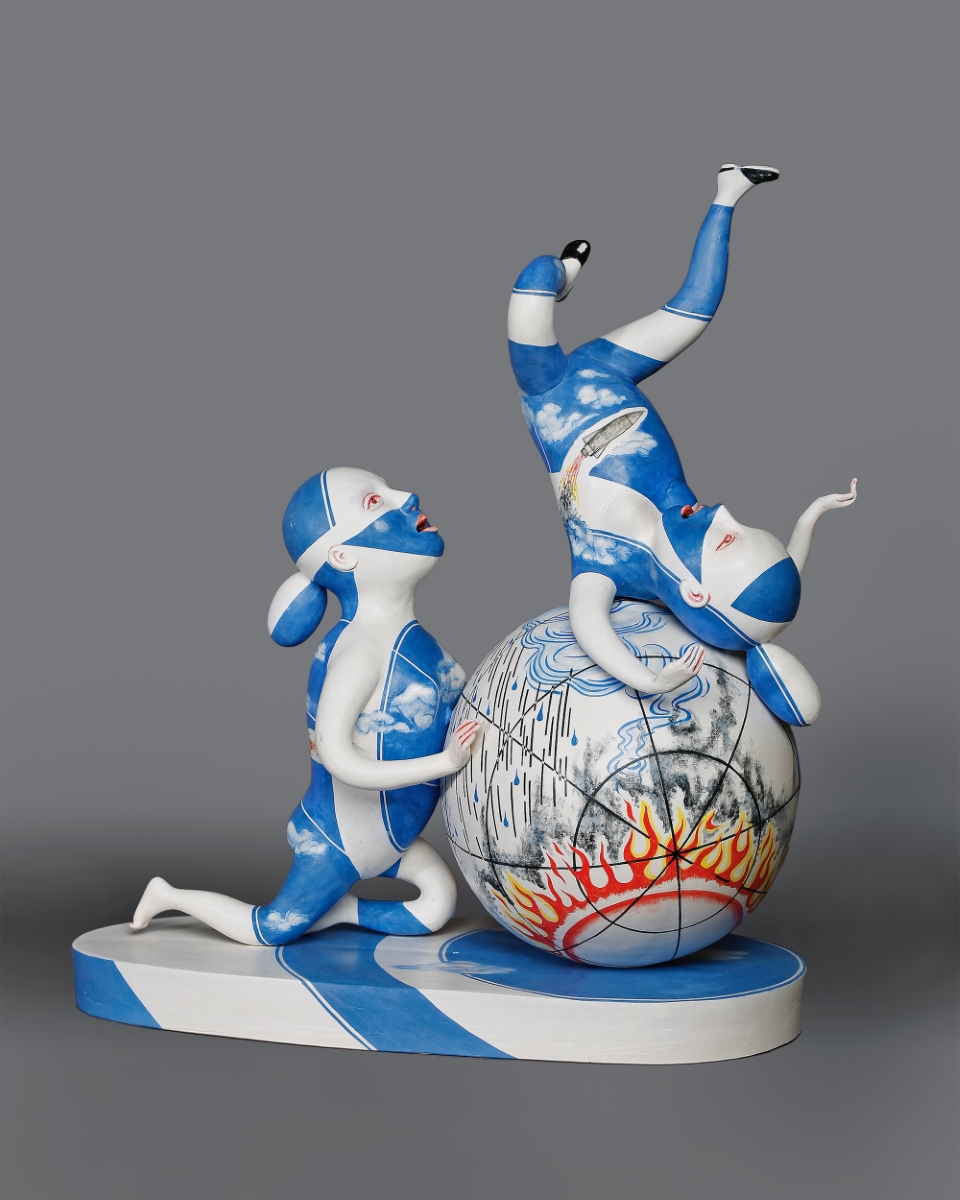
Story-Age Container, 2023-2024
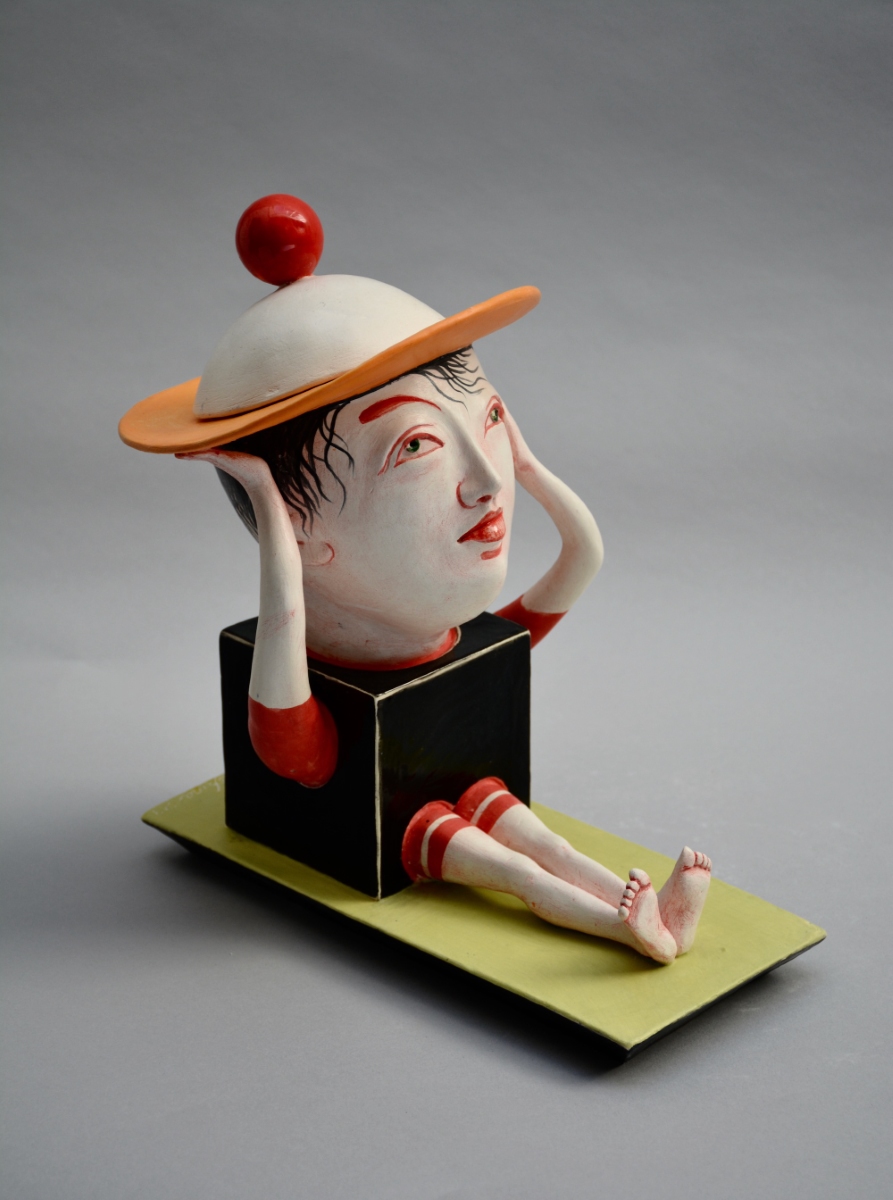
Conversation series, 2009-2022
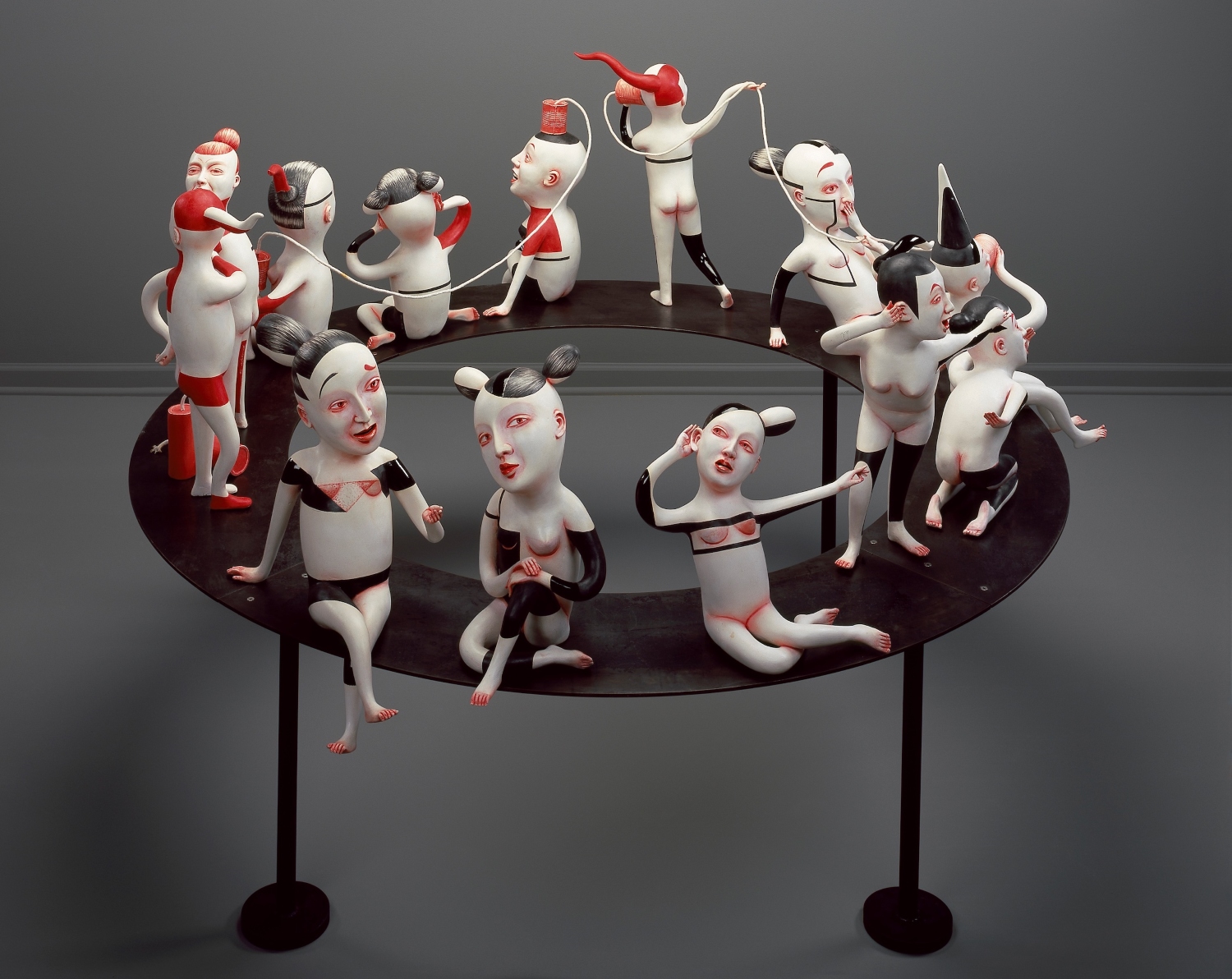
As an artist, the human figure has absorbed and fascinated my visual curiosity for most of 60-year plus career. This sustaining interest is probably because my own body is my most immediate resource, in terms of its psychological and physical proximity. While observing the interaction of every day life and its interwoven parts, the human form has given me a reference point to my own existence, as a marker of personal time, and the civilization in which I live, almost like a personal visual diary.
I often use the figure in voyeuristic situations in which irony and absurdities portray erratic behavior, as a way of finding comic relief from societal pressures and frustrations. It is my way of escaping the doubts and disharmony of human nature and its routines, and role playing scenarios to my liking, like a child playing with dolls. The political and societal problems that exist in our world today also seem to provoke visual images which often inform my work. These figures have become the actors in my introspective narratives.
My current work involves further analyses of the figure by exploring the surface in a purely two-dimensional inquiry. This allows me to minimize embellishment, detail, and color through simple abstract form as a reference to an unspecified time. I want the two-dimensional surface work to seem independent of the three-dimensional form of the figure, as though it is passing over the figure, thereby giving illusion to two independent spatial realities coinciding with one another. This reductive abstract surface has seemed to further eliminate the need for realistic surface painting, in this case clothes, and works in tandem with the simplification of the body and form. What remains with the figure over time is the narrative nature of the subject matter and details of facial features and extremities. The elimination of these components in future exploration remains to be seen.







